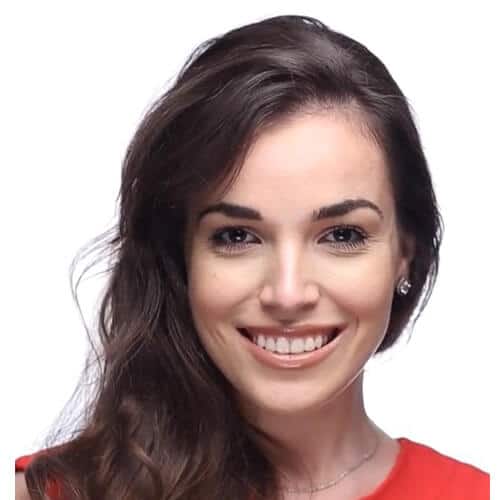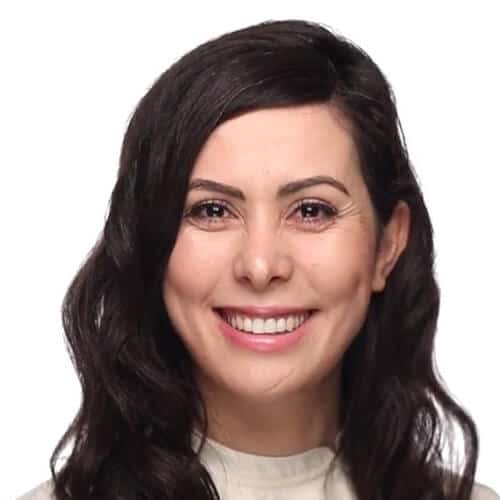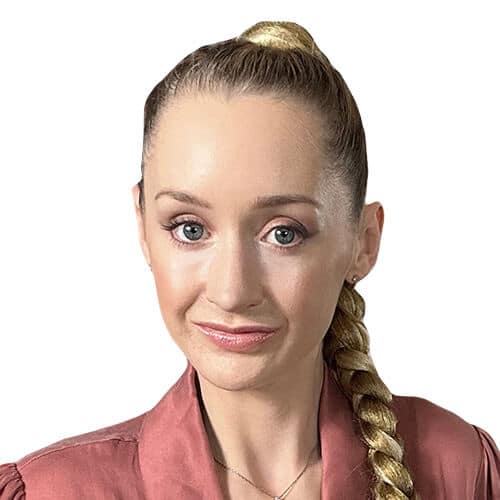
-
Does your mood changed with the seasons?
Traditionally, many cultures located in northern climes celebrate a festival of lights in the middle of the winter, on or around the shortest day of the year, the winter solstice. Echoes of this tradition are seen in our modern use of festive lights to mark and celebrate the Christmas season. In a way, this emphasis on the importance of light, when the days are short and the nights long and dark, bears testimony to the importance of light and sunshine to our well-being. The joy we feel when we walk down a beautifully illuminated street on a dark December evening springs from our instinctive need for light.
A long, hard winter can be tough for anyone, but some people suffer from Seasonal Affective Disorder (SAD), which means that they show symptoms of depression during a particular season – usually the winter – despite being fine the rest of the year. SAD was first isolated as a psychological condition in its own right in the 1980s. Unsurprisingly, rates of SAD are higher in northern countries than southern or tropical ones.
-
A real case of the winter blues
-
Feeling better all year round
-
How Can I Get Treatment For Seasonal Affective Disorder In London?


















